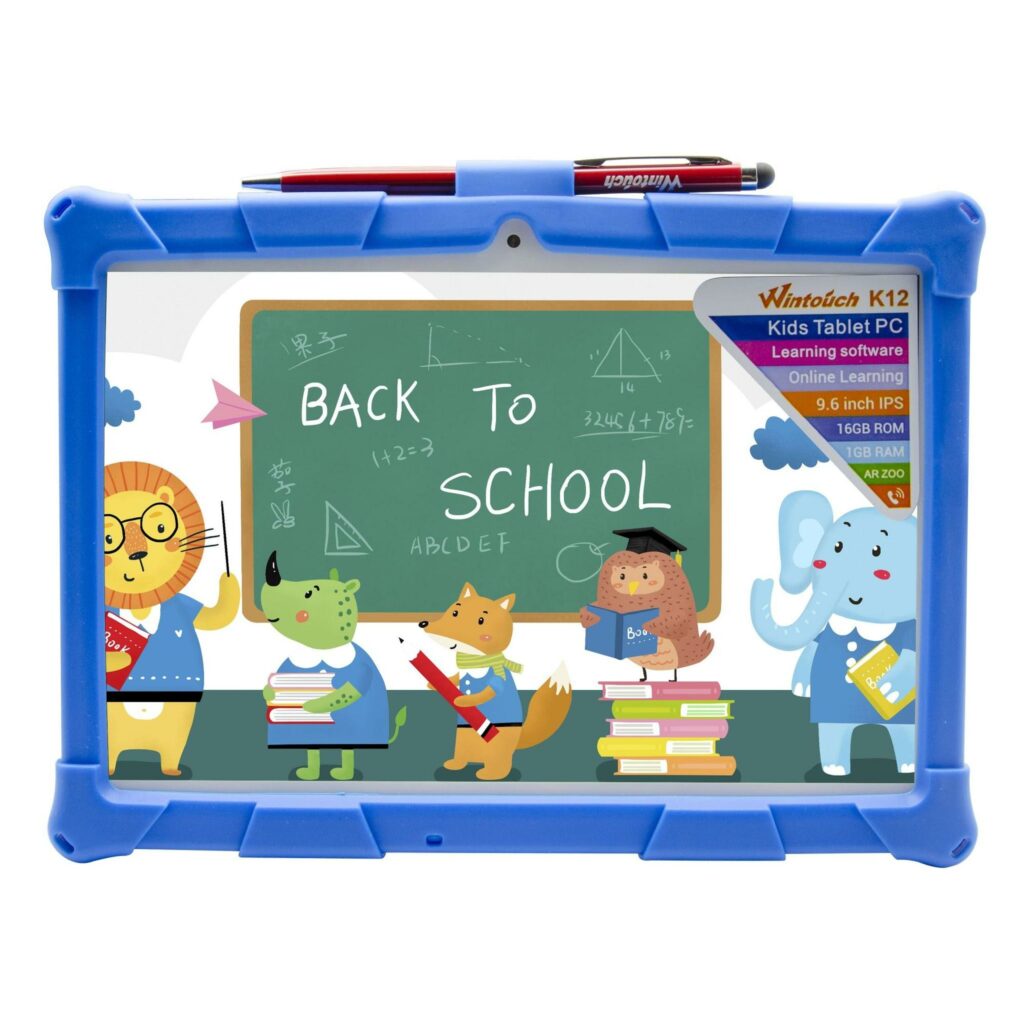For nearly a decade, LPDDR memory pricing followed a model that hardware manufacturers quietly depended on. Costs declined steadily as process technology improved, yields increased, and supplier competition intensified. Teams building Android devices came to assume that memory would never be a disruptive cost factor. Whether for consumer, industrial, or embedded systems, the assumption embedded itself deeply into pricing logic and engineering expectations.
That assumption collapsed violently in late 2025. LPDDR pricing did not simply rise, it accelerated at a pace unseen in modern mobile hardware history. What had once been a background component became a boardroom emergency nearly overnight.
LPDDR memory followed one of the most stable cost curves of any major hardware component. Each generation launched at premium pricing and then normalized rapidly as yields improved. By the time mass production arrived, prices were typically in healthy decline. This predictable erosion turned memory into a background line item rather than a strategic variable.
This stability shaped procurement behavior across the entire industry. Purchase agreements were designed around short horizons because no one feared sustained inflation. Inventory buffers were kept minimal and defensive stockpiling was seen as unnecessary overhead. No recent historical pattern justified conservatively stocking memory inventory.
Across the industry, decade-long price history reinforced complacency. Planning rarely included contingency analysis for memory supply shocks. Procurement teams optimized for just-in-time efficiency rather than availability insurance. That relaxed view worked perfectly until a few catalysts happened at the same time.
Why Memory Pricing Exploded

Memory manufacturing has fundamentally shifted focus. Foundries that once prioritized mobile and consumer-grade components have redirected investment toward enterprise and AI-driven memory technologies. These new applications—particularly artificial intelligence—demand massive amounts of high-speed memory, specifically DDR5. The margin per wafer is significantly higher in AI and server segments than in mobile, making the pivot economically inevitable.
As AI adoption surged, so did its appetite for DDR5 memory. Large language models, inferencing clusters, and data center accelerators require vast memory bandwidth and density. To meet this rising demand, fabs began phasing out DDR4 production lines and converting that capacity to DDR5. But this transition has consequences: reducing the output of DDR4 shrinks supply for all downstream industries that still rely on it, including consumer and industrial hardware platforms that pair CPUs with DDR4 or LPDDR4.
This retooling wasn’t a small adjustment—it was a structural reallocation of global fabrication resources. Mobile memory lines, already suffering from underinvestment, faced additional contraction as shared equipment and processes were reallocated toward DDR5. LPDDR, which competes for similar materials and backend capacity, is now facing indirect pressure as a result.
At the same time, demand for Android-based devices continued to rise. Tablets evolved into productivity hubs. Embedded systems replaced proprietary controllers. Automakers integrated Android into dashboards and infotainment. All these devices require reliable memory—and often more of it year after year.
So while consumer demand grew, supply was rerouted elsewhere. The result was inevitable: allocation shifted toward the highest bidder. In this case, AI companies with deep capital reserves and urgent deployment needs. Their willingness to pay premiums for priority access distorted normal market pricing and tightened availability for everyone else.
This isn’t a temporary rebound from oversupply or a cyclical shortage. It’s a systemic reconfiguration of how and why memory gets made. DDR5 didn’t just replace DDR4—it absorbed its production space. And because AI platforms consume memory at unprecedented rates, that transition came faster and more aggressively than anyone forecasted.
LPDDR is caught in the crossfire. It is no longer a commodity priced on volume efficiency. It’s an allocation-sensitive resource in a fab ecosystem now dominated by AI priorities. Expecting predictable pricing and easy access is no longer a safe assumption.
Who Feels the Pain

Manufacturing roadmaps have hardened. Consumer demand no longer commands production priority. Expecting a return to early-decade pricing mechanics is unrealistic. Structural change does not rewind.
Retail Android hardware suffers first and absorbs the most damage. Consumer devices operate on thin margins and tight price ceilings. Component inflation is profit destruction at scale. A few dollars per unit becomes existential when multiplied across production.
Raising retail pricing is rarely free. Customers respond immediately. Competitive products undercut quickly. Revenue slows long before margin recovers. This forces brands into a cost absorption dilemma where losses accumulate.
Retail has no revenue after shipment. There is no amortization. Every device sale is a single financial event. Cost increases strike instantly and completely.
Service-oriented companies experience pressure very differently. Devices deployed under contracts generate monthly or usage-based revenue. Increases can be redistributed gradually. Cash flow absorbs inflation instead of collapsing under it.
Android has expanded far beyond phones and tablets. Custom Android hardware now operates factories, hospitals, vehicles, kiosks, and logistics operations. While few of these industries designed financial models expecting memory disruption, the cost increase can be amortized over value derived from the device.
Prices have gotten so high because AI companies barely notice memory pricing and have huge demand. Their capital budgets dwarf component volatility. Allocation matters more than cost. Hardware is deployed regardless.
Ways to Mitigate Now

Engineering wants reliability through consistency. Procurement wants cost optimization through flexibility. Finance needs to figure out how to navigate the changing market. Memory bridged all three departments.
Panic-motivated inventory stockpiling is rarely helpful. Buying blind increases exposure rather than safety. Excess stock ties capital into a normally depreciating asset. It also traps specification risk inside warehouses.
For now precision purchasing is safer. Order only the amount that needs to ship to retain liquidity. Keep the business running without speculation. Flexibility beats hoarding. Prices go up, and they also come down.
Engineering design is now a procurement strategy. Add component options to mitigate risk. Extra options come from doing extra product testing as early as possible. This ensures component model flexibility.
There are fewer mitigation possibilities once a crisis begins. Protection happens through prevention, starting at the architecture freeze.
Avoiding the Same Crisis Next Time
Treat LPDDR as financial exposure. Inventory planning must reflect risk, not just cost.
Yes, buying early ties up capital. Yes, inventory increases accounting complexity. But cash does not become memory in a shortage. Under normal market conditions, it’s unlikely that prices will plunge, so prudent inventory purchasing is an overall sound practice.
Crisis pricing does not negotiate.
Final Thought
For anyone building Android hardware, this LPDDR crisis should be taken seriously, not emotionally. It is not temporary inconvenience. It is not logistical failure. It is not “just supply chain.”
It is the new economics of memory. Hardware now exists inside permanent volatility. Expectation of cost stability is obsolete.
Survivors will not find cheap memory. They will eliminate surprise from planning. That is the new advantage.




























